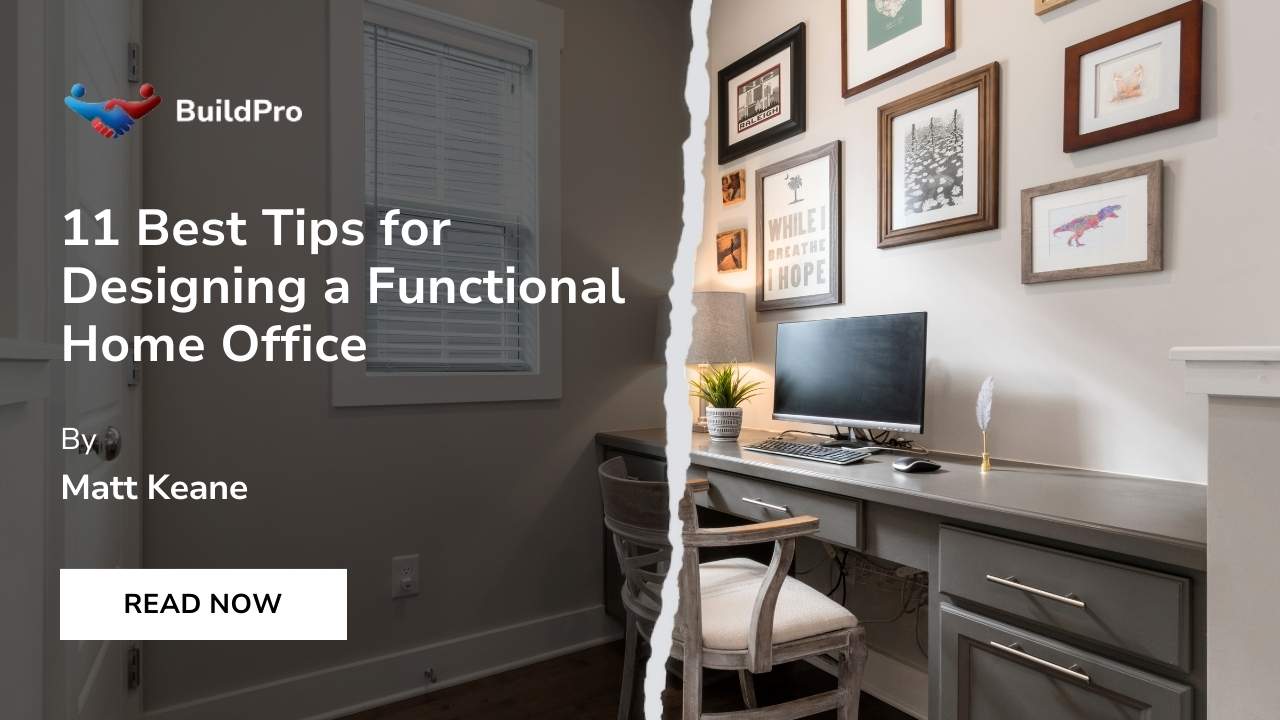As a professional in building energy efficiency, I often get asked about the time it takes to produce a Building Energy Rating (BER). Producing a BER involves a thorough assessment of a building's energy performance and can vary in duration depending on several factors.
In this article, we will delve into the intricacies of the BER production process, explore the factors that affect its timeline, discuss ways to expedite the production, address common challenges, and provide resources and tools for streamlining the process. So, if you're curious about how long it takes to Produce, keep reading!
Understanding the Process of Producing a BER
Before we delve into the factors that affect the time it takes to produce a BER, let's first understand the process itself. A BER is a standardized assessment of the energy performance of a building, indicating its energy efficiency. It considers various aspects such as the building's insulation, heating system, ventilation, and renewable energy sources.
The production of a BER involves a certified BER assessor conducting a detailed inspection of the building, collecting relevant data, and inputting it into specialized software. The software then calculates the energy rating of the building based on the gathered information.
The final BER certificate indicates the building's energy efficiency, ranging from A (most efficient) to G (least efficient).
Factors that Affect the Time it Takes to Produce a BER
Now that we have a basic understanding of the BER production process let's explore the factors that can influence the time it takes to complete it. The complexity and size of the building are significant factors.
Larger buildings with more intricate energy systems and features may require a more detailed assessment, resulting in a longer production time. Similarly, older buildings with outdated infrastructure may require additional time for assessment and analysis.
Another crucial factor is the availability of data. The assessor needs access to relevant data such as architectural plans, energy bills, and specifications to produce an accurate BER. If this information is not readily available, it may cause delays in the production process.
Additionally, the cooperation and availability of the building owner or occupants for inspections and data collection can significantly impact the timeline.
Typical Timelines for Producing a BER
While the duration of producing a BER can vary based on the factors mentioned earlier, having a general idea of the typical timelines is helpful. A straightforward residential building assessment can take a few hours to a few days. This includes the inspection, data collection, and information input into the software for calculation. However, it's important to note that more complex buildings or those with unique features may take longer, sometimes extending to a few weeks.
It's worth mentioning that the BER production process does not solely depend on the assessor's work. Once the data is collected, it must be processed by the software and verified by the relevant authorities. This step can also contribute to the time needed to produce a BER.
Ways to Expedite the Production of a BER
If you're looking to expedite the production of a BER, there are several steps you can take. Firstly, ensure that all necessary data and documentation are readily available. This includes architectural plans, energy bills, and specifications of the building. You can save time in the data collection phase by providing complete and accurate information to the assessor.
Communication and coordination are key in expediting the process. Stay in touch with the assessor and promptly respond to additional information or inspection requests. By being proactive and facilitating the assessment, you can help reduce potential delays.
Utilizing digital tools and software can also streamline the production of a BER. Many software solutions automate the data input and calculation processes, saving time for the assessor and the building owner. These tools can help ensure accuracy and efficiency throughout the production process.
Common Challenges in Producing a BER
While the production of a BER can generally be a smooth process, there are some common challenges that both assessors and building owners may encounter. One of the main challenges is the availability and accuracy of data. As mentioned, the assessor relies on various data sources to produce an accurate BER. If these sources are incomplete or outdated, it can lead to delays and inaccuracies in the assessment.
Another challenge is the coordination between multiple parties involved in the process. Building owners, assessors, software providers, and authorities all play a role in producing a BER. Effective communication and coordination among these parties can help avoid potential bottlenecks and minimize delays.
Resources and Tools for Streamlining the Production of a BER
Several resources and tools are available to streamline the production of a BER. The Sustainable Energy Authority of Ireland (SEAI) offers guidelines and resources for building owners and assessors, including detailed information on the BER process and requirements. Their website provides access to accredited assessors and software providers, ensuring you choose qualified professionals.
Additionally, digital platforms such as Build Pro can connect you with top-notch home improvement professionals specialising in planning consultation, architectural design, interior design, home renovation, home extension, and even deep retrofit services. These professionals can guide you through the BER production process and ensure a smooth and efficient experience.
Conclusion
In conclusion, the time it takes to produce a Building Energy Rating (BER) can vary depending on several factors, including the complexity and size of the building, availability of data, and cooperation of all parties involved. On average, a residential building assessment can take a few hours to a few days, but more complex buildings may require a longer timeframe.
To expedite production, ensure all necessary data is readily available, communicate effectively, and utilize digital tools and software.
By addressing common challenges and utilizing available resources, you can streamline the production of a BER and ensure an accurate assessment of your building's energy performance.
















